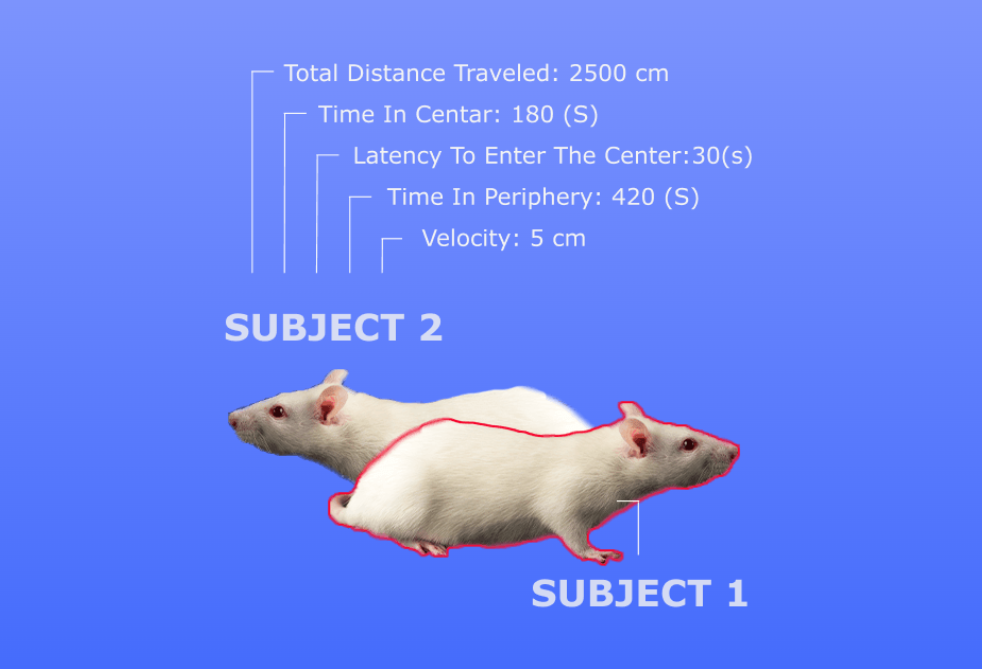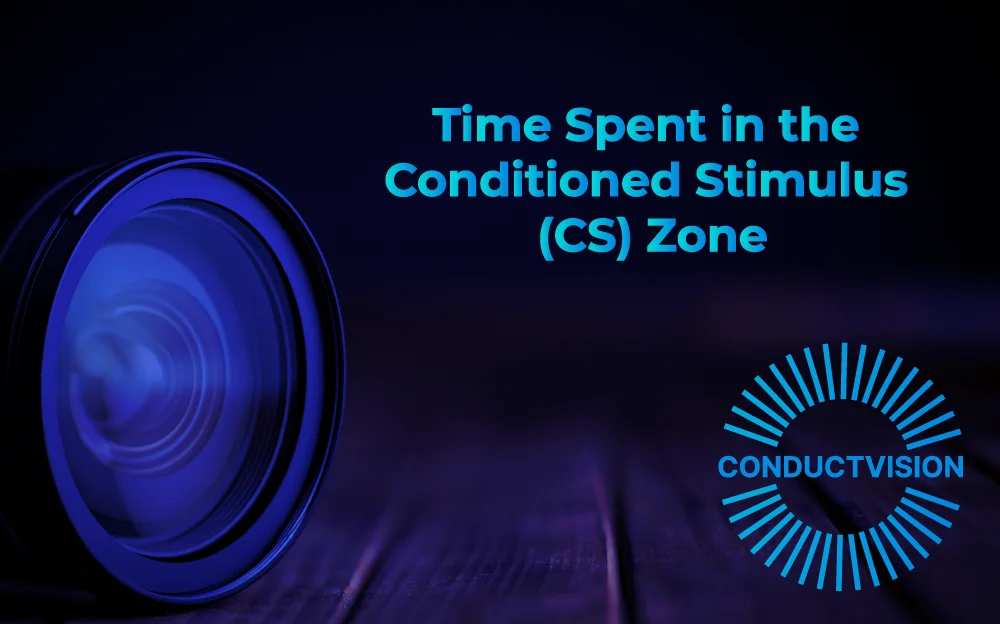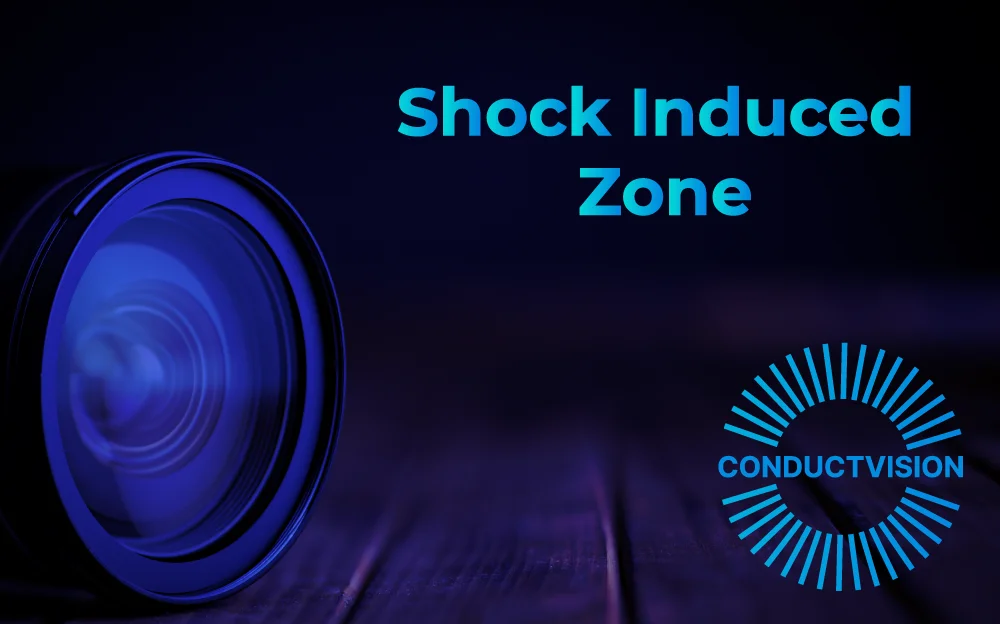

Latency to Freeze is a crucial metric in fear conditioning studies that measures the time it takes for an animal to exhibit freezing behavior after being exposed to a conditioned stimulus (CS), such as a tone or light. This metric gives researchers important information about how animals learn and respond to fear to better understand fear and anxiety behaviors, neural pathways, and potential therapeutics.
In fear conditioning experiments, animals learn to associate a neutral stimulus (the CS) with an aversive event (such as a foot shock). Once this association is formed, the animal may exhibit a freezing response when it hears or sees the CS, indicating a learned fear reaction. Latency to Freeze is the time it takes from when the animal first hears the cue (CS) to when it starts freezing.
A shorter latency indicates a stronger conditioned fear response, while a longer latency suggests that the animal is either less fearful or still processing/learning to associate the CS with the stimulus.
By comparing Latency to Freeze with Total Time Active, researchers can see how quickly an animal freezes in response to a fear cue and how much time it spends moving, offering a fuller picture of its fear response.
ConductVision utilizes advanced video tracking and analysis algorithms to accurately measure Latency to Freeze. Here’s how it works:
Measuring Latency to Freeze is critical for several reasons:









Shuhan He, MD is a dual-board certified physician with expertise in Emergency Medicine and Clinical Informatics. Dr. He works at the Laboratory of Computer Science, clinically in the Department of Emergency Medicine and Instructor of Medicine at Harvard Medical School. He serves as the Program Director of Healthcare Data Analytics at MGHIHP. Dr. He has interests at the intersection of acute care and computer science, utilizing algorithmic approaches to systems with a focus on large actionable data and Bayesian interpretation. Committed to making a positive impact in the field of healthcare through the use of cutting-edge technology and data analytics.
